|
|
|
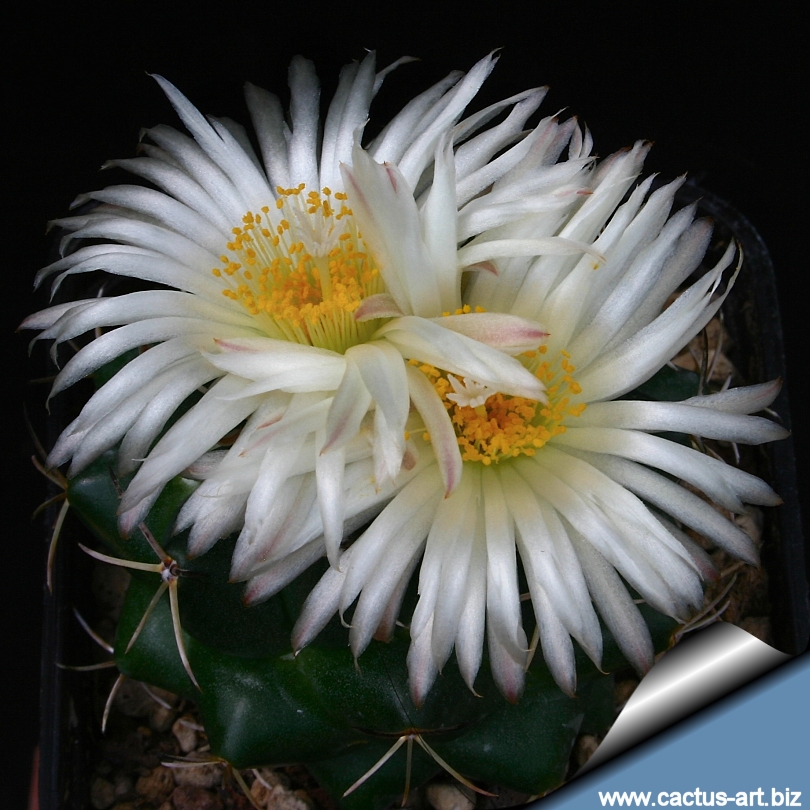
Coryphantha maiz-tablasensis is easy to grow and very willing to
flowers.
|
|
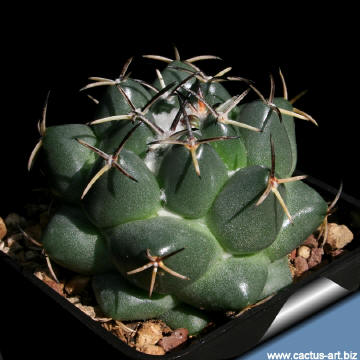 |
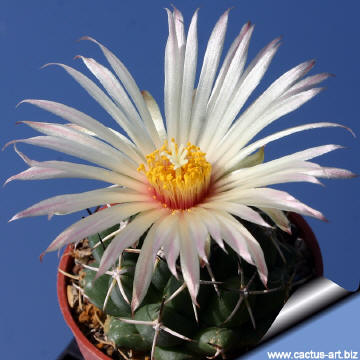 |
.
|
|
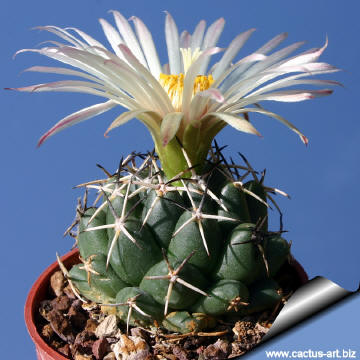 |
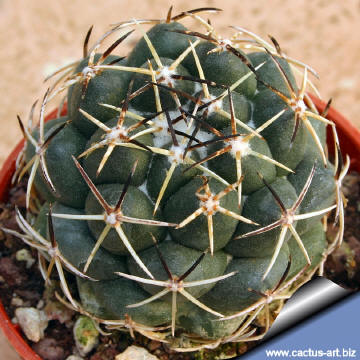 |
|
Advertising
|
|
|
|
|
|
|
Family:
Cactaceae (Cactus
Family)
Scientific name: Coryphantha maiz-tablasensis
Backeberg
Origin: It comes from the Mexican
state of San Luis Potosí.
Habitat: C. maiztablasensis is a group-forming plant which
grow well hidden in mud flats with a very few accompanying trees or
shrubs The soil is sandy gypsum (up to 98% gypsum content), usually dry.
The type-locality near Las Tablas in the Mexican State of San Luis
Potosí is more and more endangered by intensified farming and large
portions of the range have already been lost, the same is true for the
few other locations known. This species grows together with
Turbinicarpus lophophoroides, while in the immediate vicinity,
where the concentration of salts is lower, it’s possible to find
Lophophora viridescens,
Ariocarpus kotskoubeyanus and Ancistrocactus uncinatus.
Conservation status: Listed in
CITES appendix 2.
Synonyms:
- Coryphantha maiz-tablensis
|
|
Description: Coryphantha maiz-tablasensis
is a
slowly depressed-globular cactus, often clumping and group-forming, with
distinct beety root and probably is the easiest Coryphantha to be
recognized for its 4-5 radial short radial spines.
Stems: Depressed spherical up to 9 cm broad and high, they are
offsetting and forming clumps.
Root: Tap root.
Areoles: Woolly, glandless.
Central spines: Absent.
Radial spines: 4-5(-9) white with dark tip, 5-8(-12)mm long.
Flowers: It blooms easily, the crème-white flowers are 4-6 cm in diameter.
|
|
|
|
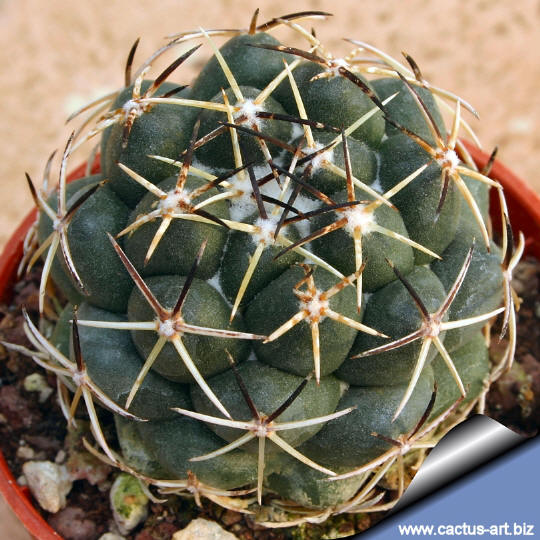
Cultural Practices: In culture without
problems and very willing to flower C. maiz-tablasensis needs a deep pot
to accommodate its beet root. Full sun to light shade in summer. Water
sparingly, keep drier in winter. Needs good drainage. Frost
Tolerance: Hardy to -4°C.
Propagation: Offsets as it is a suckering
cactus or by seeds.

 |
|